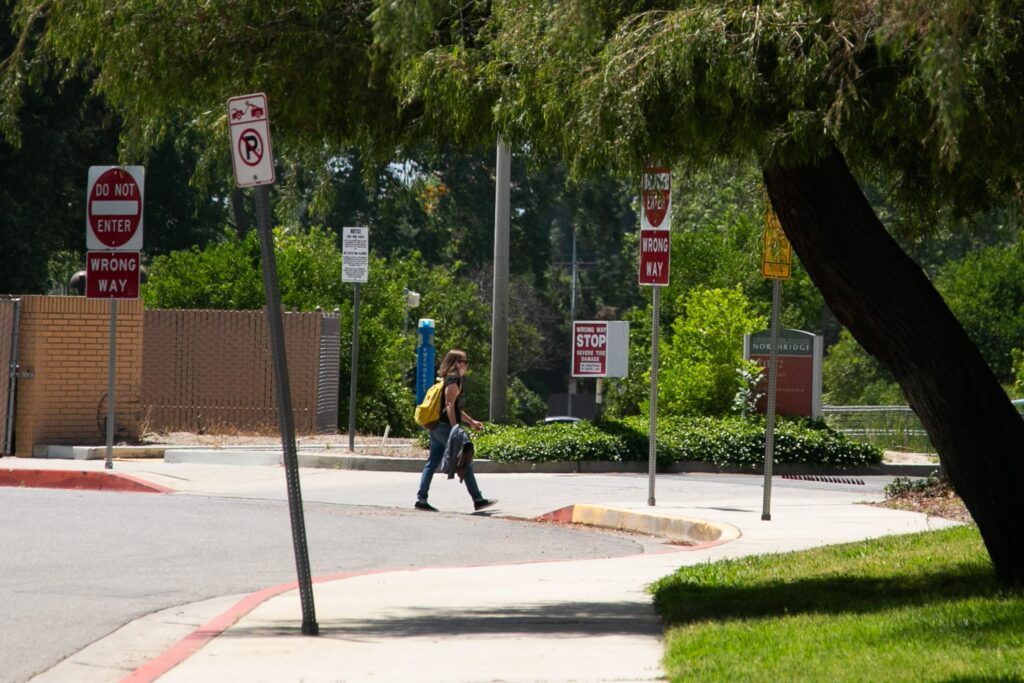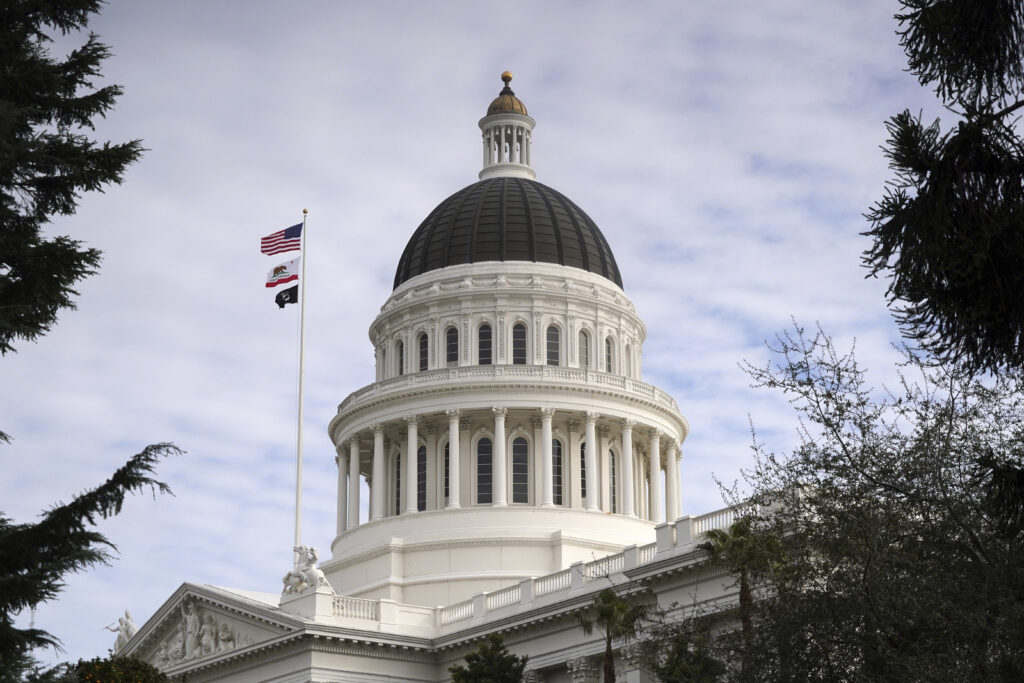
Cal State Northridge
Credit: Julie Leopo/EdSource
From our smartwatches giving us metrics on our last workout, to utility dashboards helping us meet our environmental conservation goals, we are living in an increasingly data-driven world. But when it comes to figuring out an education or career path, it can be hard to find useful information to make sound decisions.
Where do young people from my city go after high school? What education or training programs can help me earn livable wages? How do I figure out college applications and get financial aid? These are all questions that have been difficult for Californians to answer as they decide what jobs to pursue and whether to attend college.
But California recently took a big step toward making data available in tangible, easy-to-access ways. The new California Cradle-to-Career Data System (C2C) connects the dots from early and K-12 education, to higher education and the workforce. It’s a new, longitudinal data system that can enable people to make more informed decisions about their lives. As early as 2024, Californians will have access to C2C’s first planned dashboard.
The longitudinal data system will illuminate the journey from cradle to career. A guidance counselor wonders whether her former students stayed in college. Universities working to help students succeed can’t see what K-12 supports students did — or didn’t — receive.
The C2C system can stitch together data that can tell those stories across time. Those connections and transitions become visible only when the data from multiple education systems is linked together.
How will people be able to use that data that stretches over time? Before the data system launched, the system’s data providers worked together with members of the public to map out priority topics for specific data dashboards. Each one will create a “data story” focused on topics like:
- student pathways from high school to college and career.
- the experiences of community college students aiming to transfer to a four-year university.
- employment outcomes illuminating paths to jobs with livable wages.
We’re prioritizing the needs that communities have voiced before developing useful tools. The California Legislature took bold action in passing the Cradle-to-Career Data System Act. It wrote into state law that the data system must prioritize the needs of students and families. This means listening to communities first, and then working to build data tools people will actually use.
What have Californians shared? Right now, the most requested feature is the ability to break down the data by geography and demographics. People want to know, “What story does the data tell in my community?”
What challenges are Californians in rural areas facing in their education and workforce sectors? What needs are not being met to ensure educational success and individual prosperity? People with lived experiences in these communities can best answer these questions.
To get input from across the state, C2C hosts community conversations where people can voice their priorities, both online and in-person. Recent events were held in Sacramento and Oakland, and the Central Valley and Southern California are up next. Building the country’s most inclusive data system requires collaboration, and that is top of mind for the Cradle-to-Career data system.
Launching an intentionally inclusive data system has taken a historic, governmentwide effort. Those of us in the Legislature are working with the Newsom administration to break down the silos that can make it hard to share data with the public. Champions of the data system understand that data works for individuals when it empowers them to make decisions about their futures. Informed decisionmaking is key to ensuring every Californian has the freedom to succeed, and that starts with a reliable and actionable statewide longitudinal data system.
•••
Mary Ann Bates is the executive director of the Office of Cradle-to-Career Data.
Assemblymember Jacqui Irwin represents California’s 42nd District.
Sen. John Laird represents California’s 17th District.
The opinions in this commentary are those of the authors. If you would like to submit a commentary, please review our guidelines and contact us.


